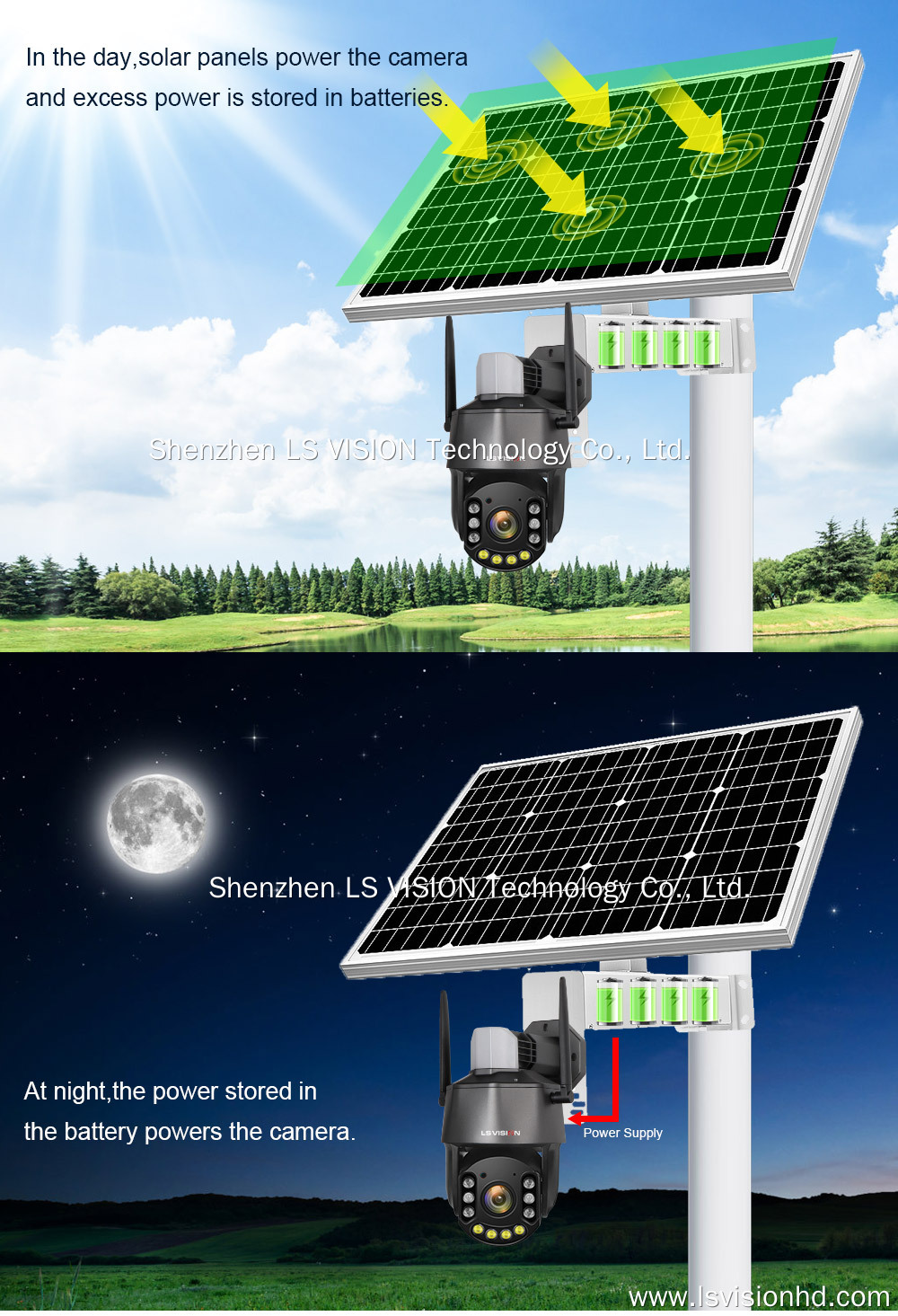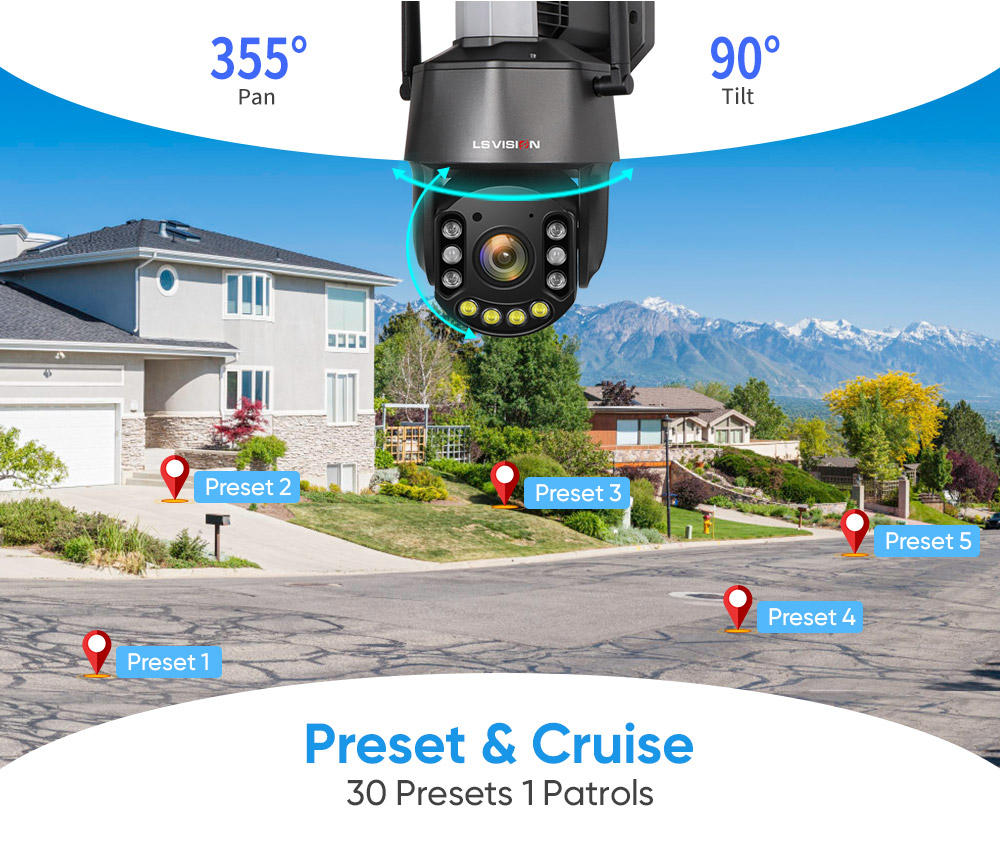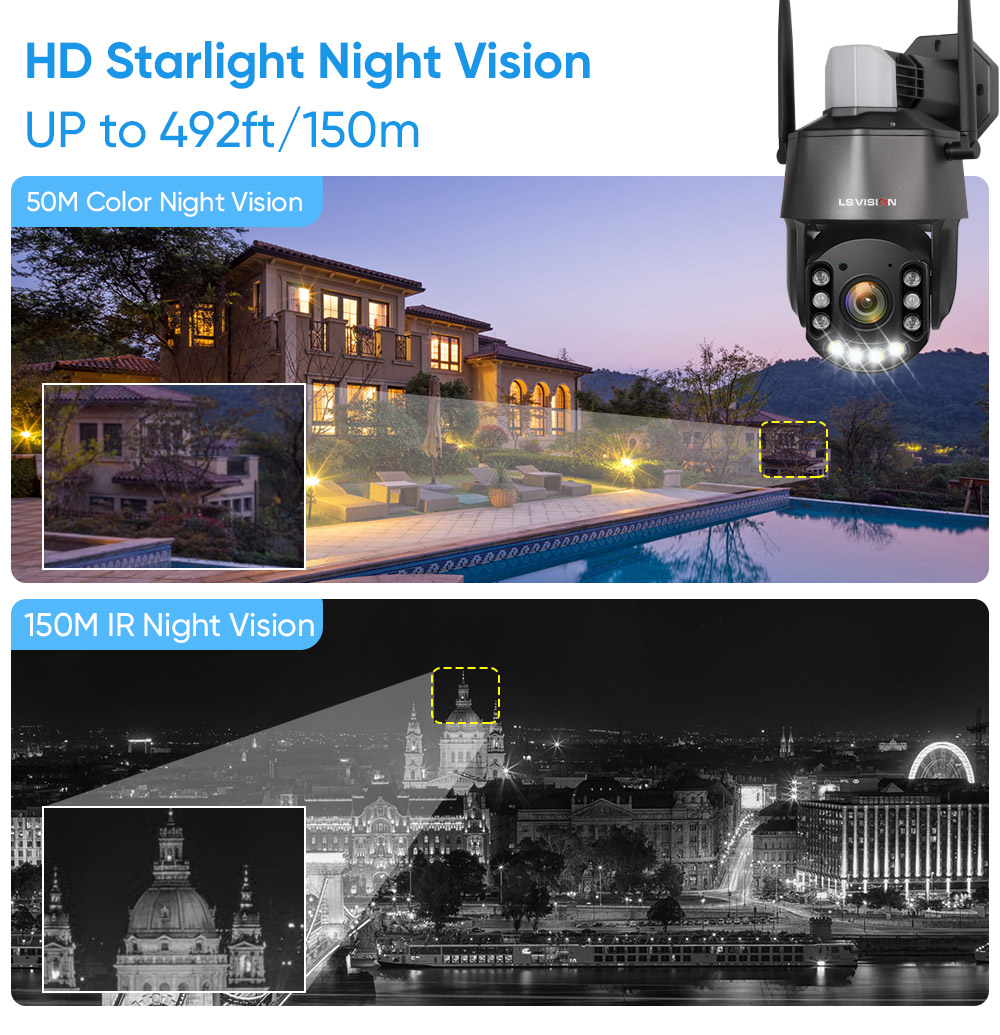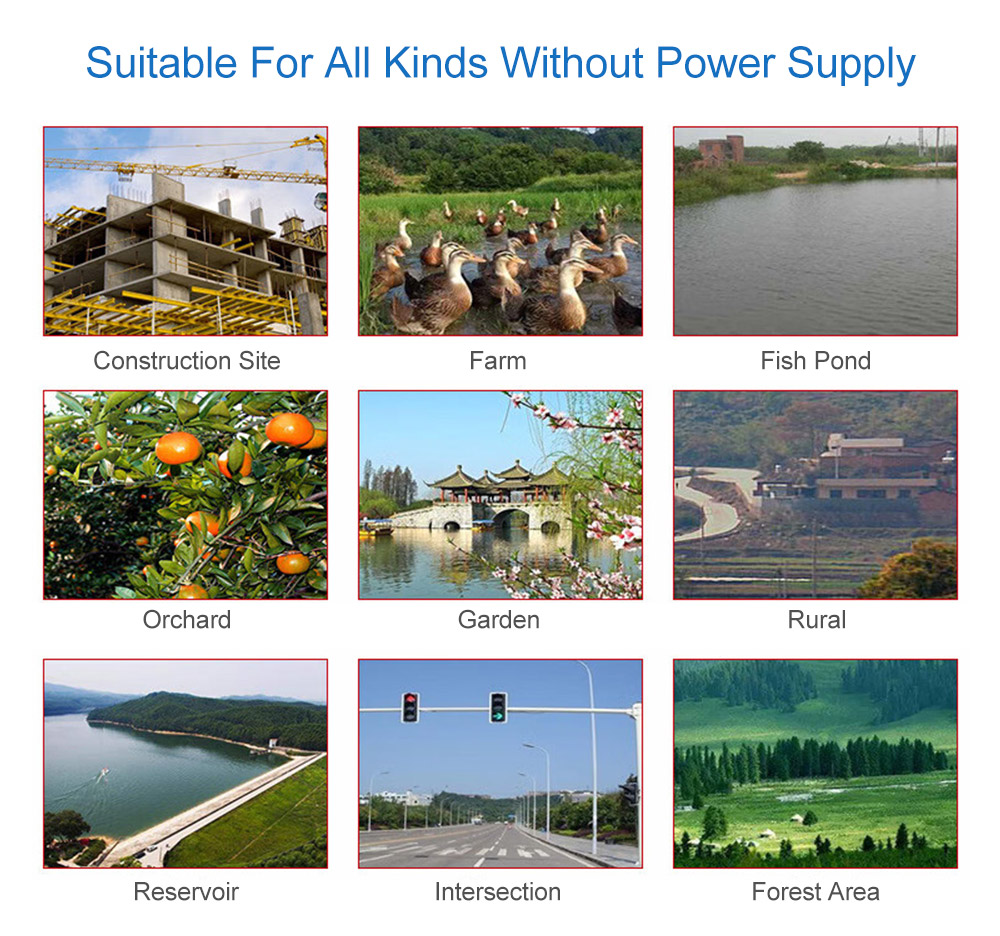
The solar energy sector has witnessed substantial growth in recent years, with global solar capacity skyrocketing from 40 GW in 2010 to 714 GW in 2021. As technology advances and awareness of climate change increases, solar energy systems are becoming an attractive option for powering homes and businesses. In this blog post, we delve into the data behind solar energy systems, their benefits, and how you can start capitalizing on the sun’s power for a more sustainable future.
As of 2021, solar energy accounted for 3.7% of global electricity generation, with expectations for continued growth in the coming years.
Solar panel efficiency has improved significantly, with top-tier panels now reaching efficiencies of over 22%.
The average cost of residential solar panel installations in the United States has decreased by more than 70% since 2010, with the average cost per installed watt dropping from $7.34 to $2.81 in 2021.
Environmental impact: The average residential solar system offsets approximately 4.8 metric tons of CO2 emissions per year, equivalent to planting 98 trees annually.
Cost savings: The average American homeowner can save between $10,000 and $30,000 over a 20-year period by installing a solar energy system.
Energy independence: A typical residential solar energy system can generate approximately 80-100% of a household’s annual electricity needs, depending on location and system size.
Getting Started with Solar Energy: A Data-Driven Approach
Assess your solar potential: Use tools like Google’s Project Sunroof to estimate your property’s solar potential based on factors such as available sunlight, roof orientation, and shading.
Research local incentives and regulations: The Database of State Incentives for Renewables & Efficiency (DSIRE) can help you identify financial incentives, such as tax credits or rebates, ava
Understanding Solar Energy Systems:
A solar energy system is designed to capture sunlight and convert it into electricity, typically achieved through the use of solar panels composed of photovoltaic (PV) cells. When sunlight hits the PV cells, a chemical reaction occurs, generating an electric current that can be used to power your home or business.
There are two main types of solar energy systems: grid-tied and off-grid. Grid-tied systems are connected to the local power grid, allowing you to draw electricity from the grid when your solar panels aren’t producing enough power. Conversely, off-grid systems are entirely independent, storing excess energy in batteries for use during periods of low solar production.

Benefits of Solar Energy Systems:
Environmental impact: Solar energy is a clean and renewable source of power, reducing greenhouse gas emissions and dependence on fossil fuels.
Cost savings: Solar energy systems can lead to significant long-term savings on electricity bills, with many systems paying for themselves within 5-10 years.
Energy independence: By generating your own electricity, you can reduce your dependence on utility companies and protect yourself from fluctuating energy prices.
Low maintenance: Solar energy systems require minimal maintenance, with most components lasting 25-30 years and only needing occasional cleaning and inspection.

Getting Started with Solar Energy:
Assess your solar potential: Determine the suitability of your location for solar energy by considering factors such as available sunlight, roof orientation, and shading.
Research local incentives and regulations: Many countries and states offer financial incentives, such as tax credits or rebates, to encourage the adoption of solar energy. Be sure to familiarize yourself with local regulations and permitting requirements.
Obtain quotes from solar installers: Contact multiple solar installers to compare system designs, costs, and warranties. Be sure to request references and read reviews to ensure you choose a reputable installer.
Choose a solar energy system: Based on your energy needs, budget, and available incentives, select the solar energy system that best suits your requirements.
Monitor and maintain your system: After installation, regularly monitor your system’s performance to ensure it’s operating efficiently. Perform routine maintenance, such as cleaning the panels and inspecting for damage, to prolong the life of your system.


